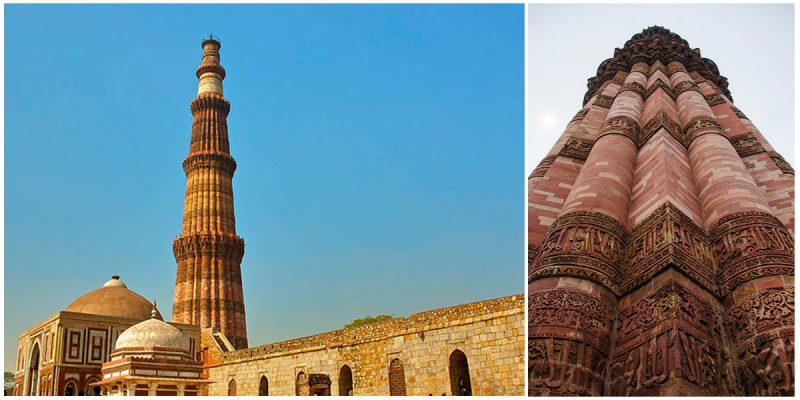Qutb Minar is the second highest tower in India and the tallest brick minaret in the world.
It is 73 meters high with a diameter of 14.32 meters at the base and 2.75 meters on the top.
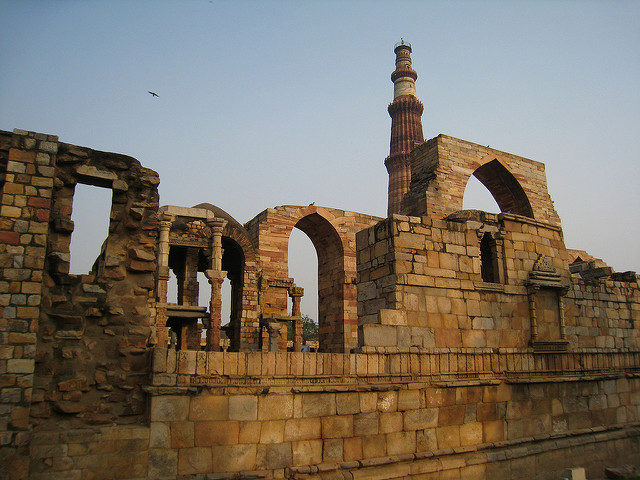
The construction of the minaret had started in 1193 by Qutab-ud-din Aibak, the founder of Delhi Sultanate, right after the defeat of the last Hindu Kingdom of Delhi.
It had never been officially confirmed whether Qutb Minar was named after Aibak.
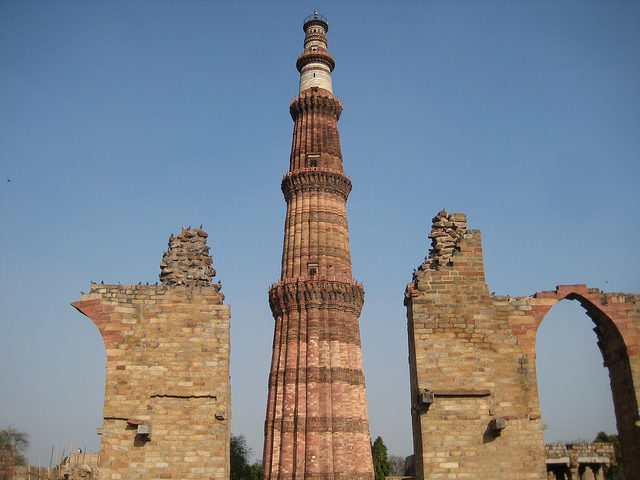
The tower is located in the Mehrauli area of Delhi and was built on the ruins of the Lal Kot, the Red Citadel in the city of Dhillika.
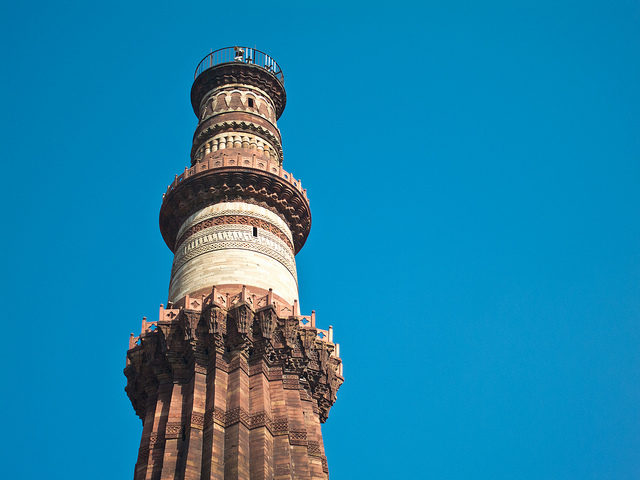
Aibak started the construction and built the basement of the minaret.
After his death, his successor and son-in-law IItutmish, added three more storeys to the tower.
In 1369, after a lightning struck, the last two storeys were reconstructed and completed by Firoz Shah Tughlag.
The storeys were made of red sandstone and white marble.
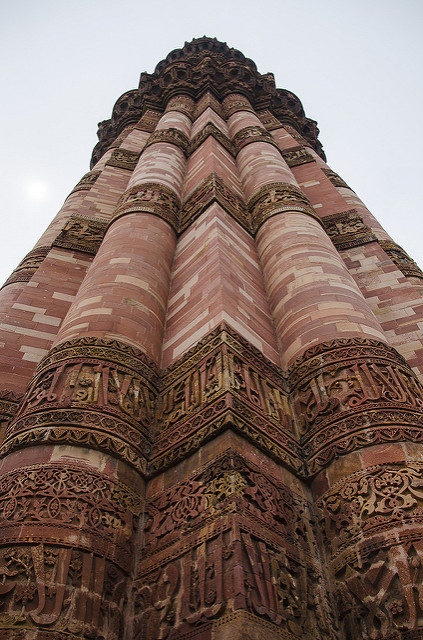
After an earthquake in 1505, the minaret was damaged again and the damage was replaced by Sikander Lodi.
After another earthquake in 1803, the damage of the minaret was restored by Major Robert Smith who renovated the tower in 1828 and installed a cupola on the top of Qutb Minar.
In 1848, under the instructions from The Viscount Hardinge, the cupola was taken down and installed to the east of Qutb Minar, where it stands today.
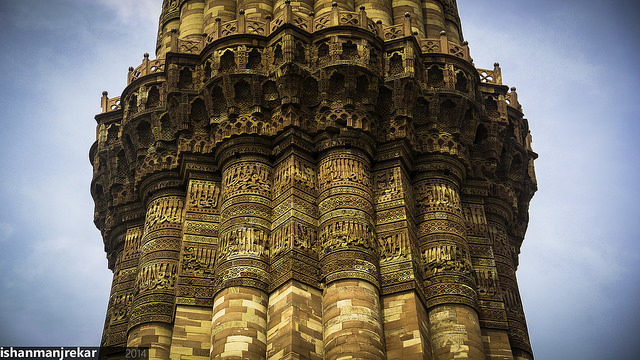
The Minar is made of bricks covered with elaborate statues and verses from the Qur’an.
It comprises several superposed flanged and cylindrical shafts, separated by balconies carrying Muqarnas corbels.
The first three storeys are made of red sandstone and the second three storeys are made of marble and sandstone.
The Quwwat-ui-Islam Mosque is at the foot of the tower which is the first mosque to be built in India.

According to Wikipedia, the site served as the pit stop of the second leg in the second series of The Amazing Race Australia.
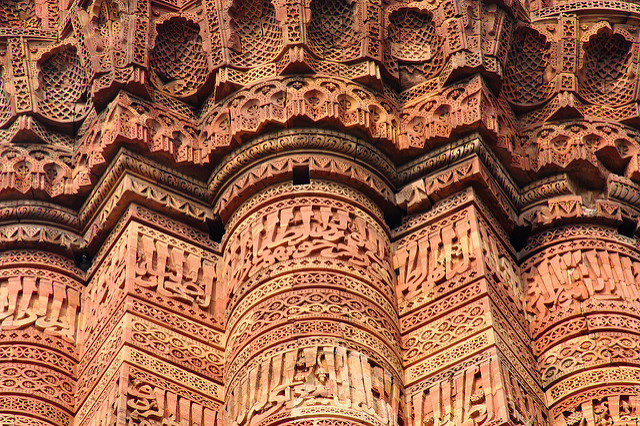
The minaret is an official UNESCO World Heritage Site along with the ancient monuments surrounding it, form the Qutb complex (the Iron Pillar of Delhi, Quwwat-ul-Islam Mosque, the Tomb of Iltutmish, Alai Minar, Alai Darwaza, Ala-ud-din’s Madrasa and Tomb and the Tomb of Imam Zamin).
